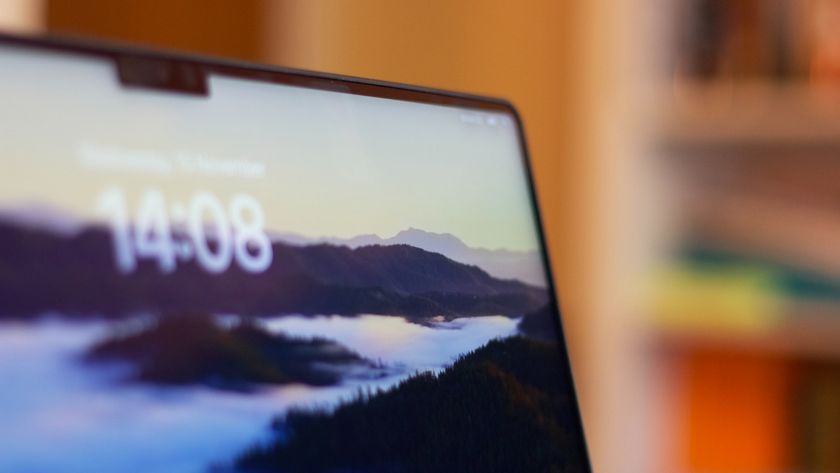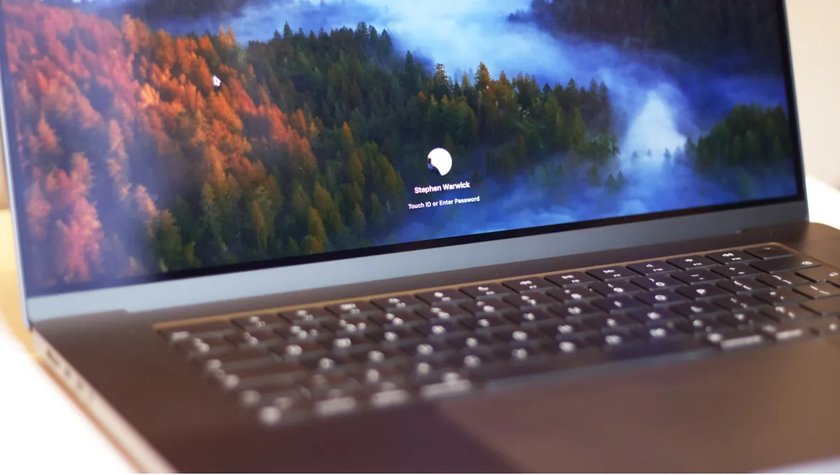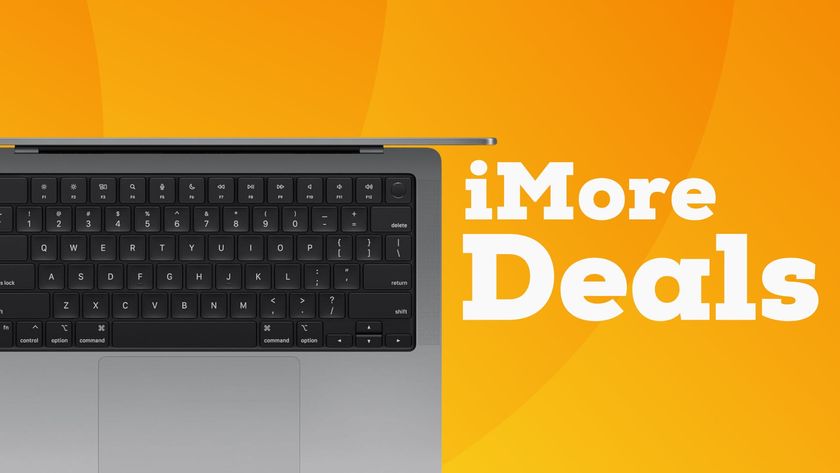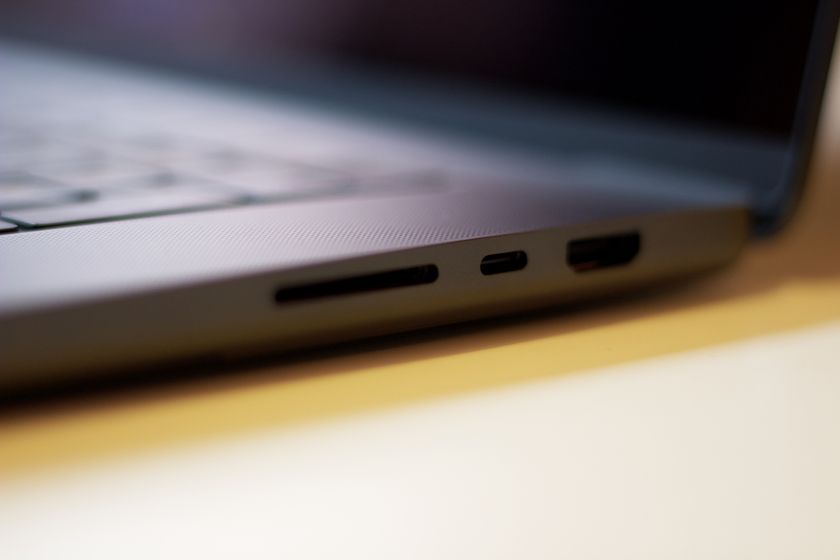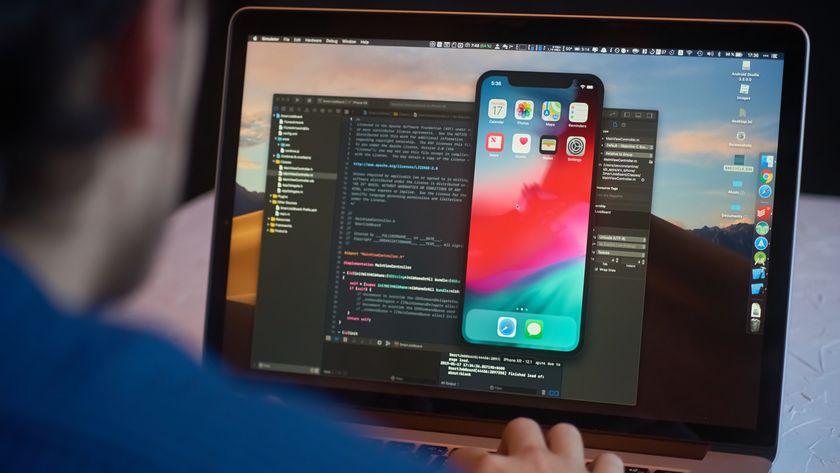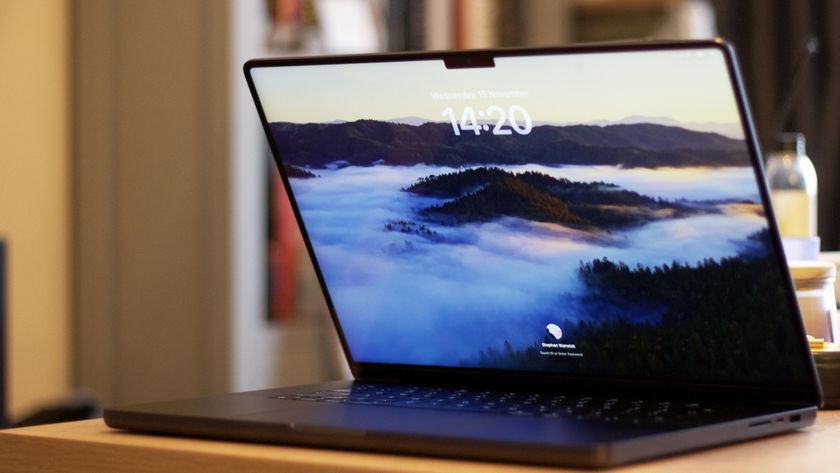Apple is back in classic pro mode, and we're getting the new Macs to prove it
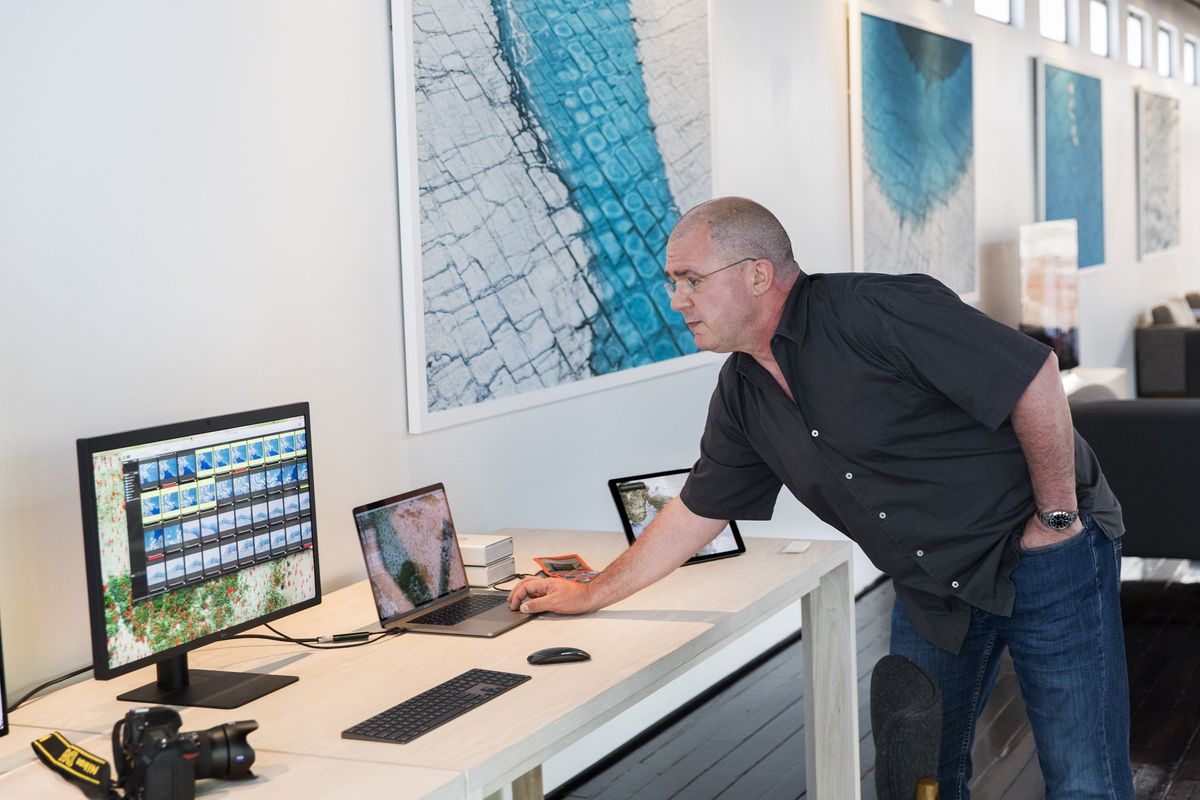
Flashback a couple of years ago and, for Apple's traditional pro users, things looked bleak. The Mac Pro had come out of the gates like a hyper car but hadn't really gone anywhere, and the then-brand new MacBooks Pro seemed to be designed for everyone but them.
The dynamics were twofold. Apple itself had become a different company. The success of the iPod and iPhone had taken it from niche computing fully into mainstream consumer electronics. From millions of customers, it was reaching over a billion. The definition of "pro" had also evolved. With the democratization of computing, people of all kinds were using technology to create and succeed in a wider range of endeavors than ever before.
We know now, because Apple has told us. With the 2013 Mac Pro, the company says it painted itself into a thermal corner: a design that made a huge bet on dual GPU and Open CL in a world that ultimately went a different way.
And that was no comfort to the generations of pro users who'd grown up on the incredibly flexible, resilient, and enduring cheesegrater Mac Pro.
We also know, because Apple also told us, that the 2016 MacBooks Pro were incredibly popular with a wide range of users, including developers and entrepreneurs. But, their focus on power efficiency rather than power made them just as ill-suited to the traditional creative pros who wanted more cores, more memory, more storage, and more ports, and more battery, efficiency be damned.
Combined with what had happened with everything from Final Cut Pro X to Aperture to iWork over the years, where the software traditional pro users knew and loved was atomized and rebuilt from the ground up, starting with empowering rather than power-user features, and it's easy to understand why they felt, in a word, abandoned.
They were using Apple before Apple was doomed, and literally have the t-shirt, and suddenly the company they supported felt like it was supporting a new generation of users who weren't them. And yeah, that's like putting someone through school only for them to graduate and rush off with someone younger and hotter.
Master your iPhone in minutes
iMore offers spot-on advice and guidance from our team of experts, with decades of Apple device experience to lean on. Learn more with iMore!
There's no need to look back through social media or blogs to tell you how traditional pros felt about that. It was palpable.
Because Apple is told it's wrong so always, its learned to be patient. If it thinks it's right, it waits so the world can some around to its views. That happens a lot but, when it doesn't, it takes Apple a while to realize it. When Apple is doing the right thing rationally, logically, but maybe not emotionally, it takes longer.
Apple's also not a high bandwidth company. It focuses on a few things at a time, gets them done, and then moves on to the next few things. While the company's product lineup and success have grown exponentially, the organization and methods behind them simply don't scale anywhere nearly as fast.
That means it swings for home runs every time and expects to hit them, and when it has to change things up, the recovery is going to be incredibly apparent.
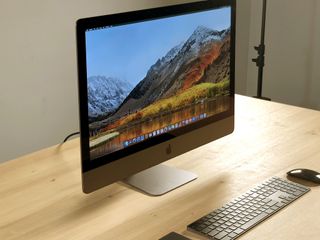
That's probably why Apple took the unprecedented step of announcing the new, modular Mac Pro and Pro Display a couple of years before they were going to ship. More important to the company and its executives than even its traditional secrecy was letting its core customers, its creative pros, know that it was listening and it was going to take care of them.
iMac Pro was almost certainly in the pipeline, and a nice set up for the upcoming Mac Pro. I'm not so certain about the new MacBook Pro with 32GB of DDR4 memory, which is less power-efficient than the 16GB of LPDDR3 memory Apple used in the previous two generations. It, like the Mac Pro, feels more like Apple thinking with its traditional heart again, not its mainstream head.
And that, I'd argue, is the best Apple. The one that bets big on bold moves and then watches how customers take to the, not just en masse but in specific markets. Then it iterates, and not just when it plans to but when it feels it needs to.
That's the key thing here. Apple seldom speaks but it does listen and, more importantly, traditional pro users are starting to feel listened to.
Apple can't ever make everyone happy. Just like there were people — myself included — complaining about the lack of a high-end MacBook Pro SKU to sit on top of the lineup, there are now people complaining about the price tag of that SKU. And that's fine. Apple already made the MacBook lineup for most people. The 32GB, 4TB 15-inch MacBook Pro is for a very specific niche. (The rumored "MacBook Air" reboot will almost certainly be for the opposite niche.)
It's tempting to say Apple is falling in love with traditional pros all over again, and the new MacBook Pro and upcoming Mac Pro are its love letters. But it's still too early to tell how far it will all go.
For now, it's simply a great time for the high-end, top-shelf Apple spec nerd and pro customer, and this fall and next year should be even more of the same.

Rene Ritchie is one of the most respected Apple analysts in the business, reaching a combined audience of over 40 million readers a month. His YouTube channel, Vector, has over 90 thousand subscribers and 14 million views and his podcasts, including Debug, have been downloaded over 20 million times. He also regularly co-hosts MacBreak Weekly for the TWiT network and co-hosted CES Live! and Talk Mobile. Based in Montreal, Rene is a former director of product marketing, web developer, and graphic designer. He's authored several books and appeared on numerous television and radio segments to discuss Apple and the technology industry. When not working, he likes to cook, grapple, and spend time with his friends and family.
